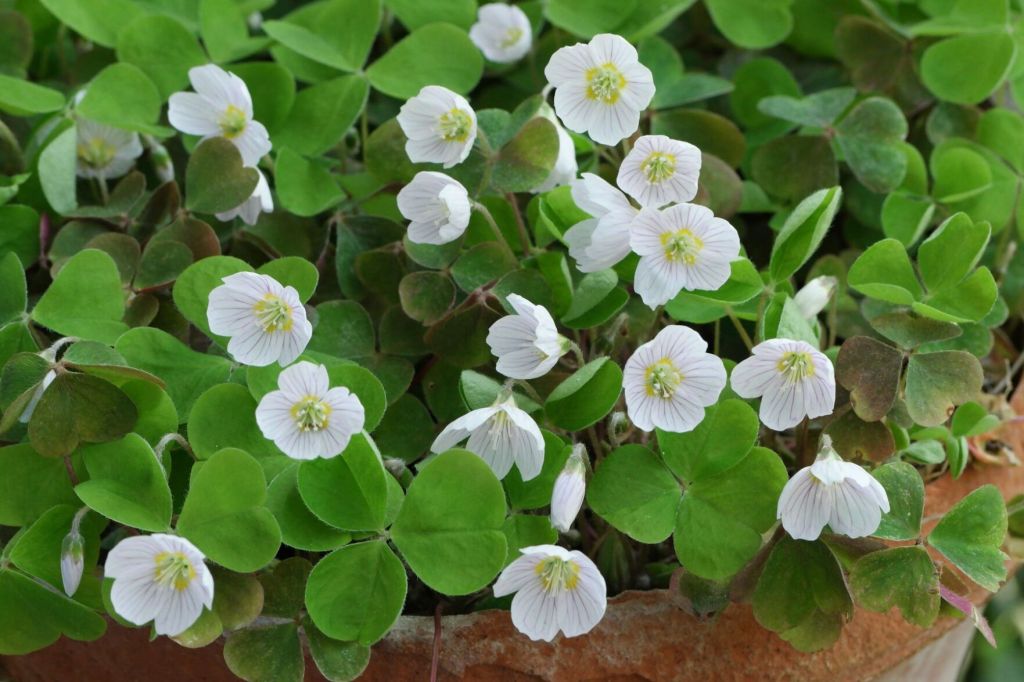Strecker: The true Irish shamrock
Published 5:00 am Sunday, March 16, 2025

- The true Irish Shamrock is Trifolium repens, commonly known as white clover. (Contributed Photo)
With St. Patrick’s Day approaching, grocery stores and nurseries will be selling “shamrocks.” As someone of Irish descent, I look forward to bringing home a plant from my ancestral homeland. Given my interest in plants and genealogy, however, I discovered that the local “shamrocks” I have admired for years are different from the original plant called the “Shamrock.”
What is a true “Shamrock”? The true Irish Shamrock (Seamog in Gaelic, summer plant) is Trifolium repens, commonly known as white clover. This tri-leafed plant grows wild throughout Ireland (and in temperate Europe and America). It is invasive, rarely cultivated as an annual and is often seen as a weed in lawns.
Trending
So, what are the “shamrocks” sold in stores for St. Patrick’s Day? The plants sold locally are unrelated to clover (Trifolium) and are in a completely different family, Oxalis (wood sorrels). Most Oxalis have leaves with 3 or 4 leaflets in shades of green, red, or the more familiar purple. Due to their commercial popularity, however, Oxalis acetosella, is now commonly referred to as “Irish Shamrock”. This plant is a mat-forming, rhizomatous perennial, with clover-like, pale green leaves, each with 3 triangular leaflets and white flowers.
When you purchase Oxalis acestosella, now commonly known as “Irish Shamrock”, place it in moderate temperature (65-75oF), bright light, and barely most soil. In East Texas, it is probably best to grow this plant indoors. These plants start to decline during the summer but can be saved for the next year by placing their bulbs in a cool dark place for 2-3 months in a vermiculite medium, so they will not rot during this dormancy period.
After the dormancy period has passed, the bulbs can be planted to produce “Irish Shamrocks” for the Spring. Plant the stored bulbs in well drained potting soil, just below the soil surface, in a bright sunny location that is between 65-75oF. New growth should emerge readily. While Oxalis acetosella (Irish Shamrock) cannot withstand frost or temperatures over 80oF, they can be planted outdoors, in shade, during the spring so they can be enjoyed beyond St. Patrick’s Day.





